What is workers’ compensation stigma?
Workers’ compensation provides an important safety net to workers who become injured or ill because of work. It provides financial support and other assistance so workers can focus on getting better and back to work safely.
Workers’ compensation stigma is when an individual, group or the broader organisation negatively stereotypes or discriminates against an injured or ill worker seeking workers’ compensation. This can include gossip, bullying or harassment from other workers, or workplace structures and procedures that penalise injured or ill workers.
Workers’ compensation stigma can affect all aspects of the workers’ compensation process. It can prevent the disclosure of injuries or illness, reduce engagement with the claims process, and reduce the effectiveness of recovery and return to work processes. It can also prevent injured or ill workers from making a workers’ compensation claim or impact their recovery.
To understand more about how workers' compensation stigma can occur in workplaces, read the Workers' compensation stigma case studies.
For more information, read the What is workers' compensation stigma fact sheet for employers.
How can I help to reduce workers’ compensation stigma?
We can all contribute to creating positive and supportive workplace cultures which will help reduce stigma around workers’ compensation.
Supporting injured or ill workers to get back to work safely benefits everyone – the injured or ill worker, their team, and the broader organisation. Injured or ill workers who feel included and supported are more inclined to seek help which benefits the individual, their team, and the organisation more broadly.
Workers can help create a supportive and inclusive team environment for their injured or ill co-workers. Find out more in the fact sheet Taking action to reduce workers’ compensation stigma – for workers.
Supervisors are the link between an organisation and its workers so are critical in building a positive and supportive workplace culture that can protect injured or ill workers from workers’ compensation stigma. Find out more in the fact sheet Taking action to reduce workers’ compensation stigma – information for supervisors.
Employers and human resources (HR) have a role in promoting positive and inclusive work environments that support injured or ill workers. Find out more in the fact sheet Taking action to reduce workers’ compensation stigma – information for employers.
Download resources
We have created a suite of resources to help you to take action to reduce workers’ compensation stigma.
The resources include fact sheets, case studies, and a campaign kit with posters, infographics and other communication resources to help increase awareness of workers' compensation stigma and how to take action to reduce it.
Explore all workers' compensation stigma resources.
Work health and safety (WHS) laws and workers’ compensation stigma
Under WHS laws, persons conducting a business or undertaking (PCBUs), such as employers, must eliminate or minimise risks to health and safety, including psychosocial risk such as bullying or harassment arising from stigma, so far as is reasonably practicable.
If you are a worker, you also have a duty to minimise WHS risks.
If you are an employer or PCBU, read further guidance on How to manage psychosocial risks in the workplace.
For more information
As part of the first phase of national initiatives under the National Return to Work Strategy 2020-2030 Safe Work Australia commissioned an independent research report from Griffith University.
The report examines the causes, extent and impacts of stigma on injured and ill workers and makes recommendations for integrating stigma-reduction strategies. Following review of this report, the workers’ compensation stigma initiatives were implemented.
Read the Research on the causes and impact of stigma in workplaces report.




